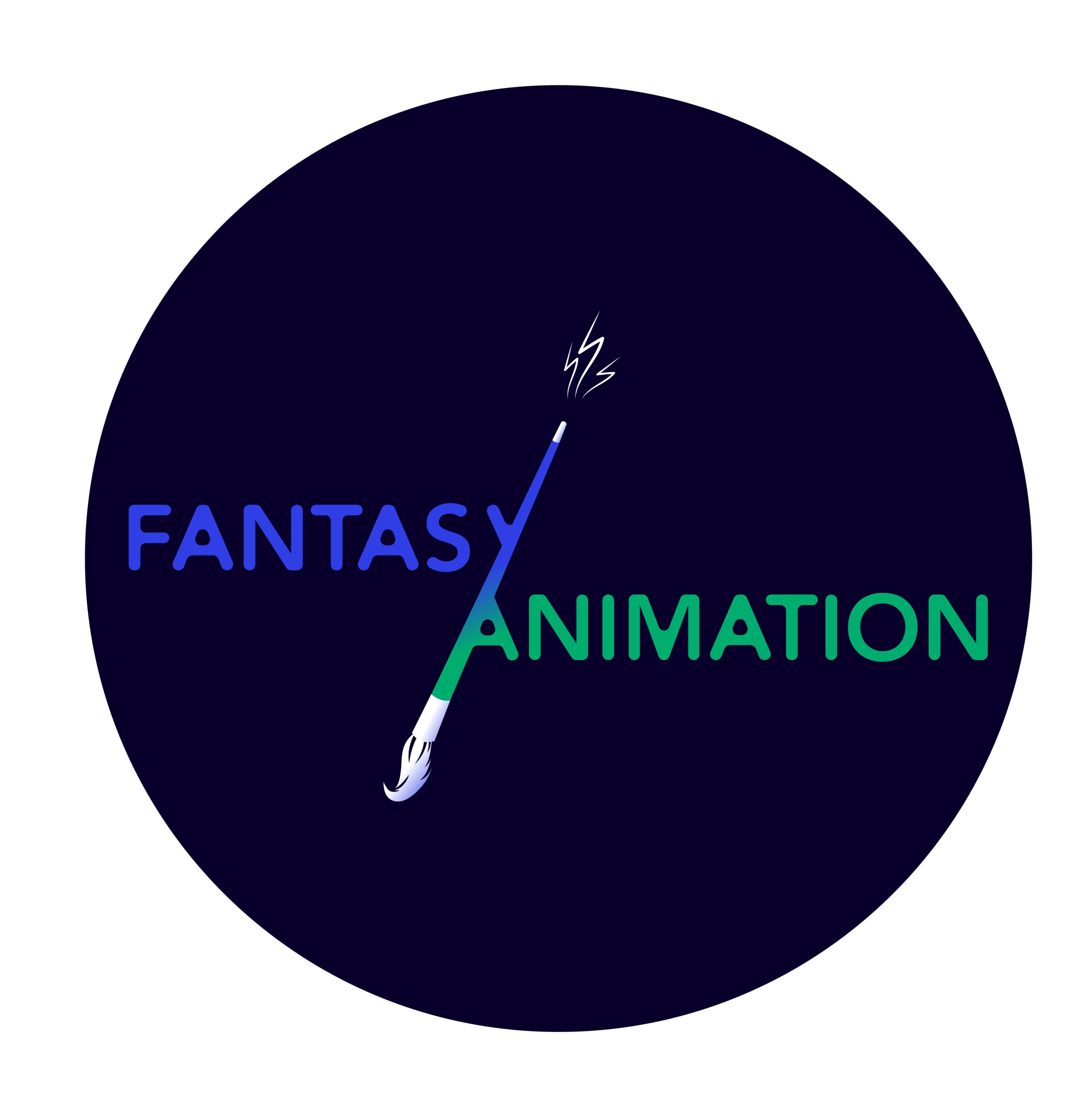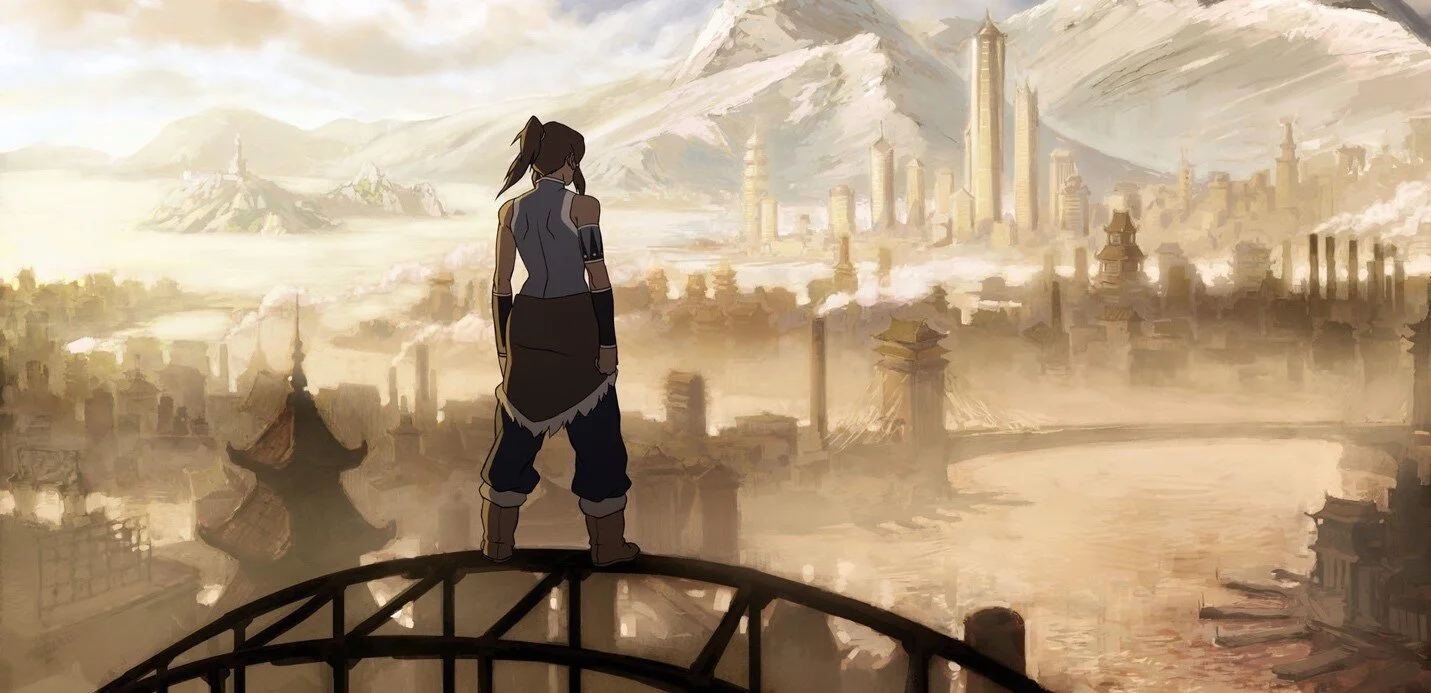In the first part of this blog post, I looked at how Petite Maman evokes the fantastic in its movement between what Tzvetan Todorov calls the uncanny and the marvellous, through the tale of a young girl (Nelly) meeting her own mother (Marion) at the same age. In this second part, I will look in further detail at the magical uncertainty, ambiguity and a wavering between different cinematic modes that Sciamma’s film presents.
Read MoreTo describe Céline Sciamma’s new film, Petite Maman (2021) (Fig. 1) as “Alain Resnais does Bridge to Terabithia” would surely be to do a disservice to all involved, and the director’s own references are – more appropriately – Alice Guy-Blaché, Germaine Dulac and Miyazaki Hayao (especially My Neighbor Totoro [1988] and Spirited Away [2002]).
Read MoreImagination is deeply intertwined with sensorial experience. One sensorial perception can prompt us to imagine a whole setting to go with it, and function as a catalyst for both simple and extremely complex cognitive processes (Berger, 2016). Sound can be a powerful tool to invite the audience to experience something that is not actually there, and because of this, it has been extensively used for world-building and character development within a range of animated and fantasy media.
Read MoreStarting in the very late 1980s and early 1990s, moviegoers and television watchers in the United States saw a wave of high-quality animation. These included movies like Who Framed Roger Rabbit (Robert Zemeckis, 1988), The Little Mermaid (Ron Clements & John Musker, 1989), and Beauty and the Beast (Gary Trousdale & Kirk Wise, 1991), as well as TV shows like The Simpsons (Matt Groening, 1990-), Rugrats (Arlene Klasky, Gábor Csupó, and Paul Germain, original run 1991-1994), The Tick (Ben Edlund, 1994-1997), and Batman: The Animated Series (Bruce Timm, Paul Dini & Mitch Brian, 1992-1995).
Read MorePixar’s much-delayed computer-animated fantasy film, Soul (Pete Docter, 2020), was originally scheduled for theatrical release in the U.S. on June 19, 2020, yet was finally released on the Disney+ platform almost a year ago in December 2020. The story follows the life of a middle school music teacher named Joe Gardner (Jamie Foxx) who falls down a manhole on the streets of New York City into another world, a world in which his soul is separated from his body.
Read MoreAt first glance, Studio Mir seems like the cutting edge of animation. The world-renowned studio – known for favorites like Avatar: The Legend of Korra (2012-2014), Voltron: Legendary Defender (2016-2018), and Kipo and the Age of Wonderbeasts (2020) – perches above 20-plus stories in a glass-and-steel building placed in the heart of Gasan Digital Complex.
Read MoreThe development of animated documentaries has expanded the functions of animation art, including recording the culture and life of ethnic minority communities or particular social groups and conveying their voices. Animations like The Stitches Speak (Nina Sabnani, 2009) and They Call Us Maids: The Domestic Workers' Story (Leeds Animation Workshop, 2018) endeavoured to make animation content represent the subjects’ views more accurately.
Read MoreEighty-four years after its first animated feature film, Snow White and the Seven Dwarfs (David Hand, 1937) and fifty-eight movies later, Disney finally has its first Southeast Asian princess with Raya and the Last Dragon (Paul Briggs, Don Hall & Carlos López Estrada, 2021). The titular character, Raya, joins the ranks of their other princess-of-colour from the Disney canon including Tiana from The Princess and the Frog (Ron Clements & John Musker, 2009), Jasmine from Aladdin (Ron Clements & John Musker, 1992), and the titular characters from Pocahontas (Mike Gabriel & Eric Goldberg, 1995), Mulan (Tony Bancroft & Barry Cook, 1998) and Moana (Ron Clements, Don Hall & John Musker, 2016).
Read MoreWhat a delight to participate in the Society of Animation Studies annual conference: “Animate Energies,” hosted this past June out of the University of Tulane by Eric Herhuth. It was sad to not see my SAS friends in person, but on the other hand its remote (and free!) nature likely facilitated participation by those unable to afford the expense or time to travel to an international event.
Read MoreMarvel Studios’ most recent foray into television content, Loki (Michael Waldron, 2021) marks the start of a new phase in the development of the Marvel Cinematic Universe – one guided by multiplicity. Multiplicity is an inherent feature of franchised media products, an inevitable consequence of the sharing of intellectual property sources across multiple sites of production. In its attempt to unleash multiplicity upon the MCU, Loki engages in a metacommentary on the structures of industrialised creativity.
Read MoreThe representation of femininity within animation can sometimes indulge in and reflect problematic modes of gender representation. There is, of course, a long history of demonising forms of femininity, with stereotypical and socially constructed feminine traits including empathy, kindness, warmth and nurturance (see Kite 2001, 563). Not only are these traits often enforced onto women (Wing Sue 2010, 172), but are also conventionally considered signs of weakness (Windsor 2015, 893-897).
Read MorePixar’s Loop (Erica Milsom, 2020) is an animated short film from Pixar Animation Studios, and part of the “SparkShorts” program that was designed to discover new storytellers and artists by producing short films on a smaller time frame and budget, giving directors freedom to explore new stories, techniques and workflows.
Read MoreSince its release in 2015, Pixar’s The Good Dinosaur (directed by Peter Sohn) has accrued a less-than-spectacular reputation. At the time of writing this blog, aggregated scores on sites like Rotten Tomatoes and Metacritic place the film towards the bottom of Pixar’s oeuvre.
Read Moreor those among you who have miraculously managed to avoid the pop cultural behemoth that is Rick and Morty (Dan Harman and Justin Roiland, 2013–), it is an ongoing American animated sitcom that follows the often-calamitous adventures through space of mad scientist Rick and his anxious grandson Morty.
Read MoreAmidst a sea of reboots and remakes, perhaps none have made quite as big an impact on pop culture audiences as Dreamworks’ She-Ra and the Princesses of Power (2018-2020).
Read MoreMetaphors and symbols are closely connected in animated films. In his seminal book Understanding Animation, Paul Wells (1998) describes how metaphors extend from symbols, noting that “whilst the symbol invests an object with a specific, if historically flexible meaning, the metaphor offers the possibility of a number of discourses within its over-arching framework” (1998, 84).
Read MoreBlood of Zeus (2020-present) is the brain child of Charley and Vlas Parlapanides, two Greek-American screenwriters best known for their work on the 2011 film Immortals, a live-action fantasy adventure loosely inspired by Greek mythology. This time, the brothers have teamed up with Netflix and Powerhouse Animation Studio to create an animated epic drama series, also set in mythical Greece, which follows the evolution of young Heron, a good-hearted outcast who, upon learning that he is the son of Zeus, steps into his father’s footsteps and becomes a powerful warrior.
Read MoreLast summer, SpongeBob came out—in a way. On June 13, 2020, Nickelodeon, the longtime home of SpongeBob SquarePants (Stephen Hillenburg, 1999-), wrote that it was “Celebrating #Pride with the LGBTQ+ community and their allies,” setting a rainbow-tied SpongeBob alongside trans actor Michael D. Cohen (of Henry Danger [Nathan Kress, 2014-2020] fame) and the bisexual animated character Korra (first seen on Avatar: The Last Airbender [Michael Dante DiMartino and Bryan Konietzko 2012-2014]) in a much-favourited tweet.
Read MoreIn recent years, a number of scholars have pointed out the applicability of the concept of queerness to different forms of animation (Wood 2008; Halberstam 2011; Maier 2018; Ruberg 2019; Ruberg 2020). As Kodi Maier (2018) has suggested on this very blog, fantasy/animation and queerness are all connected by the ways in which they bend, break and question our concepts of the real and the normal, respectively.
Read MoreFeaturing Pixar’s first LGBTQ+ lead, Out (Steven Clay Hunter, 2020) is a delightful, whimsical tale of love and queer identity. The short plays out as a comical exploration of the challenges faced by Greg, its lead character, when he finds himself about to be prematurely outed to his parents. Premiering on Disney+ in 2020, Out provides a rare instance of LGBTQ+ representation in the world of Disney (by way of Pixar).
Read More



















